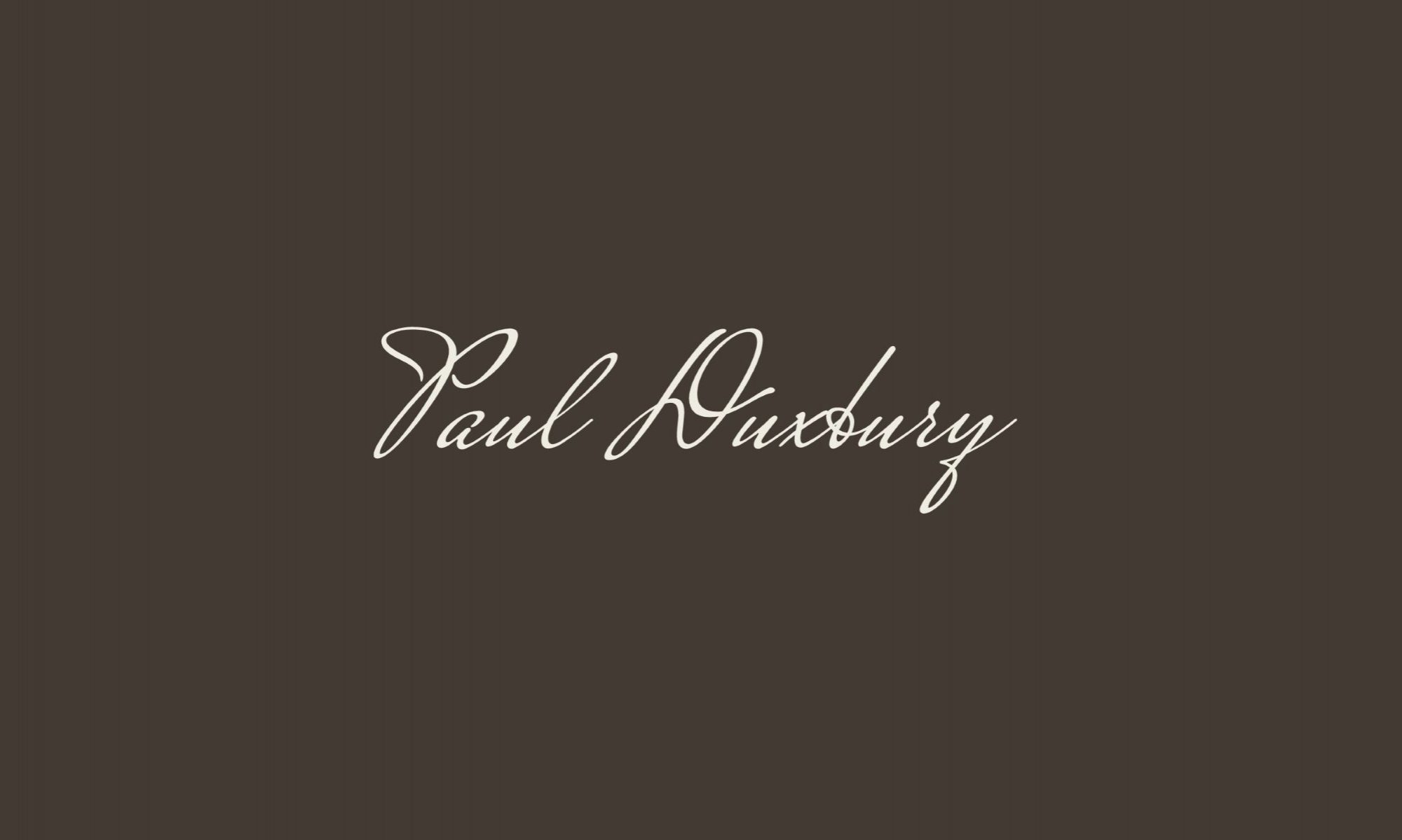As I participate in interviews as part of my search for a new role as a Learning and Development Professional I find myself encountering Competency Based Questions. In common with others I am not a great fan of competency based questions because whilst they can tell the interviewer what you have done in the past they are no real indicator of future performance.
However, there is still competition for many job openings, and whilst interviewers continue to use the competency based approach we need to be able to handle them. The STAR model is one proven technique that can help you frame your responses to this type of question and show off your accomplishments to your best advantage.
This guide is an explanation of the four elements of STAR and how to use this format to answer the competency based questions.
The Four Elements of STAR
- Situation: Describe the situation you found yourself in (the context) and set the stage for your story.
- Task: What were you faced with? What was it you were being asked the do? What were the challenges you faced? Who were you working with? and what did you need to achieve? You do need to talk about a specific piece of work and not just your general approach to things. Explain the obstacles you worked to overcome.
- Actions: Details the actions you took. Spell out precisely what you did to respond to the challenge. What was your particular contribution? How did you organize things? You need to focus very much on what you did and even if you were managing other people the response needs to talk about your actions and not those of “the team” as a whole.
- Results: Report the results. Talk about the final outcome and its impact on your company. Specify what you achieved in terms of cost savings, increased customer satisfaction, lower employee turnover or similar measurements.
Additional Suggestions for Using STAR
- Tell a compelling story. Try telling your stories to others perhaps in a mock-interview to test how interesting they might sound to a recruiter. Make your language concise and vivid.
- Develop multiple examples. If possible, include more than one STAR story for each of the main competencies for your area of work.
- Draw on all your experiences. Sometimes, as I have written about before, other areas of our life can provide useful stories. In addition to your past jobs, think about what you’ve done through volunteer services, self employment, or other activities.
- Use numbers. Quantifying your contributions strengthens your credibility. Be aware of how much money you helped to save or the percentage increase in sales you brought about.
- Be specific: Paint a clear picture throughout your story. Details and particulars are more convincing than generalities.
Whatever your career goals, you are almost bound to face some form of competency based interview, and the STAR model can also be adapted to improve your performance in any behavioral based interview or employee evaluation.
